FLANGE
A Flange is a mechanical component used to connect pipes, valves, pumps, and other equipment to form a piping system.
They are typically circular, flat pieces of metal with holes along the perimeter for bolts, which are used to secure the flange to another flange or to a piece of equipment. Flanges create a tight seal between two components and are commonly used in industries such as oil and gas, chemical processing, power generation, water treatment, and more.
Key features of Flanges
-
Connection Capability: designed to join two or more components (usually pipes, valves, or other equipment) in a system. They offer a secure, leak-proof connection through bolts, and are easy to assemble and disassemble when maintenance or repairs are needed.
-
Sealing Function: often have a flat or raised face designed to accommodate a gasket. This gasket ensures a tight seal between the mating surfaces to prevent leakage of fluids or gases. The proper selection of flanges and gaskets ensures effective sealing under pressure and temperature variations.
-
Different Types of Flanges: each design is suited for different applications and installation methods. Face Types: determines how well the gasket seals between the flanges.
-
Pressure and Temperature Ratings: rated for pressure and temperature, they are designed to withstand specific levels of pressure and temperature without failure. The pressure rating determines the maximum allowable pressure that the flange can handle. Flanges are made from materials that can endure high or low temperatures, depending on the application.
-
Material Composition: flanges are made from various materials, such as carbon steel, stainless steel, alloy steel, cast iron, and brass, among others. The material selection depends on the application requirements like corrosion resistance, strength, and durability. Materials like stainless steel or alloy steel are commonly used in corrosive environments, such as in the oil and gas industry.
-
Bolt Holes and Fastening: come with pre-drilled holes to accommodate bolts that secure the flanges together. The bolt pattern must match with the other flange to ensure proper fastening. The number and size of the bolt holes depend on the flange size and the pressure rating.
-
Standardization: follow standardized dimensions and specifications, such as ANSI (American National Standards Institute), ASME (American Society of Mechanical Engineers), and DIN (Deutsches Institut für Normung). Nominal Pipe Size (NPS) and pressure class are standardized for ease of selection and compatibility across different manufacturers.
-
Ease of Installation and Maintenance: designed for easy installation and disassembly. Can be tightened and loosened w/standard tools like wrenches or torque wrenches. When needed, flanges and gaskets can be easily replaced without requiring the complete disassembly of the system.
-
Customization and Flexibility: come in a wide range of sizes, from small pipe connections to large industrial systems. Custom flanges can also be designed for unique or non-standard applications. The flange dimensions (like outer diameter, thickness, and bolt circle diameter) can be adjusted based on specific needs.
-
Alignment and Load Distribution: help align the connected components in the system, ensuring they are positioned correctly. They also help distribute loads evenly across the bolted connection to prevent over-stressing individual components.
-
Durability and Reliability: designed to withstand high levels of mechanical stress, pressure, and temperature variations, providing long-lasting and reliable service. Made of high-quality materials are capable of withstanding high mechanical stress and pressure without deforming.
-
Compliance with Industry Standards: often subject to strict industry standards (such as ASME B16.5, ISO 9001, or API 6A) to ensure they meet quality, safety, and performance criteria. Often undergo rigorous testing (e.g., hydrostatic pressure tests, leakage tests) to ensure their integrity before use.
Available Flanges
Blind, Flat, Lap Joint, Orifice, Slip On, Socket Weld, Spectacle Blind /Spade & Spacer,
Threaded, Welding & Long Welding Neck, Special Flanges.
Materials: Carbon and Stainless steel
Classes: #150 to #4500
Common Flanges
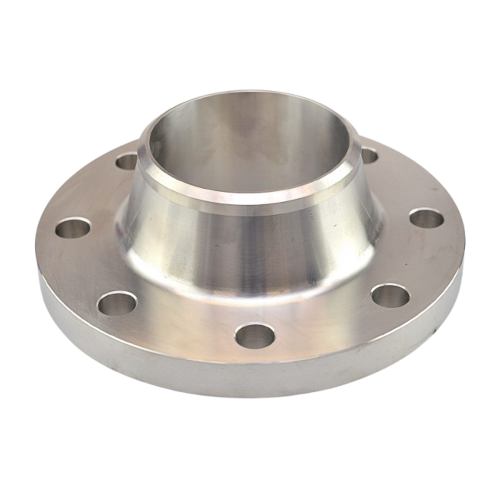



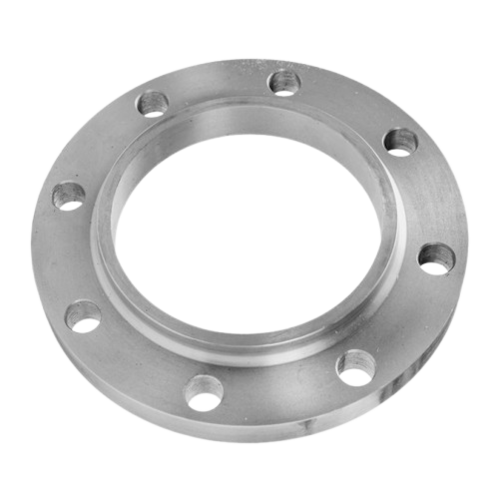
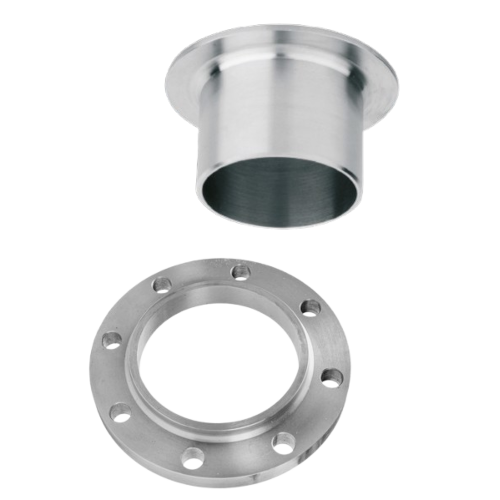
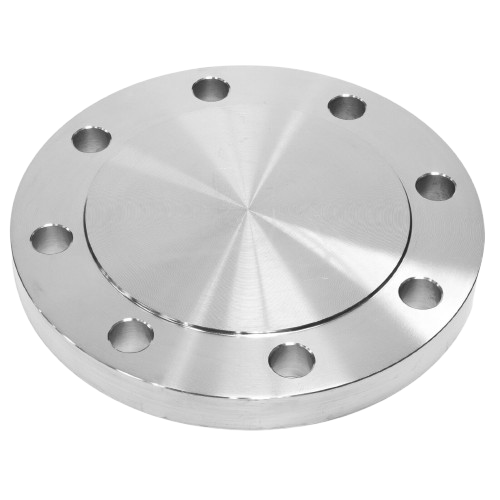
Special Flanges

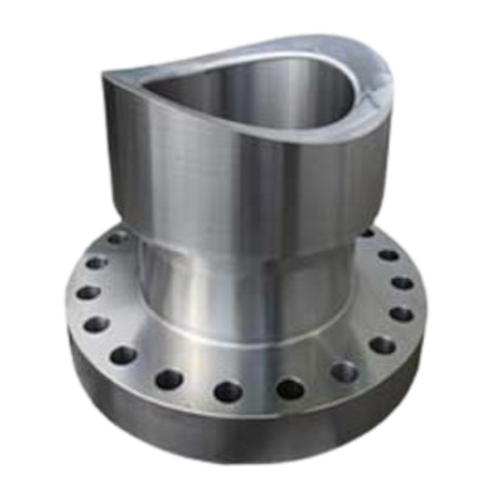
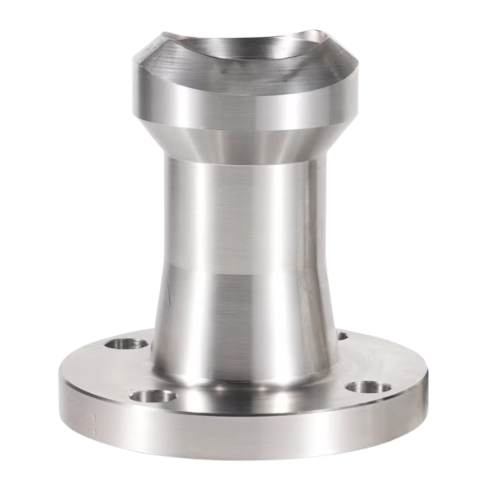
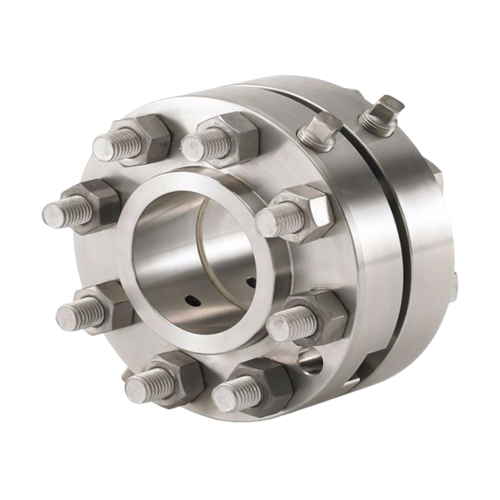
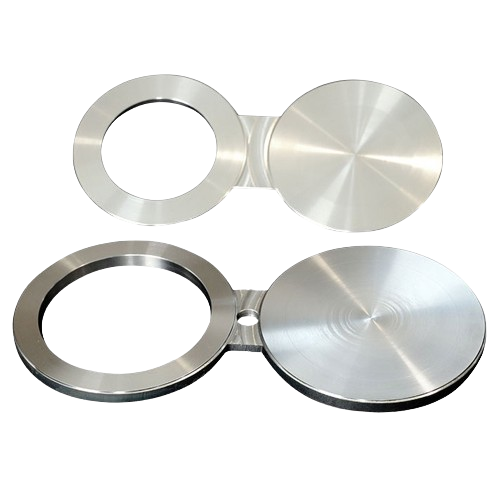

Common Applications
-
Air Filtration
-
Water & Wastewater Treatment
-
Chemical Processing
-
Petrochemical Industry
-
Oil & Gas Industry
-
Automotive Industry
-
Power Generation
-
Pharmaceutical & Biotechnology
-
Textile Industry
-
Electronics
-
Semiconductors Manufacturing
-
Food & Beverage Industry
Types of Flanges
-
Welding Neck Flange WN
-
Slip-on Flange SO
-
Blind Flange BL
-
Threaded Flange THRD
-
Socket Weld Flange SW
-
Lap Joint Flange LJ
Flange Connection Types
-
Raised Face Flange RF
-
Flat Face Flange FF
-
Ring Type Joint Flange RTJ
Accessories
Gaskets
Standards: BIS (British Imperial System) / IS (International System of Units)
Material Types: Spiral Wound, Metal Plastic, Flat NBR, Viton, Silicon Rubber and PTFE
Diameters: full range and thicknesses
O-Ring Types: in NBR, Viton, Silicone, FFKM (Karlez)
Sheets: PTFE, Graphite, Asbestos-free joints, Rubber
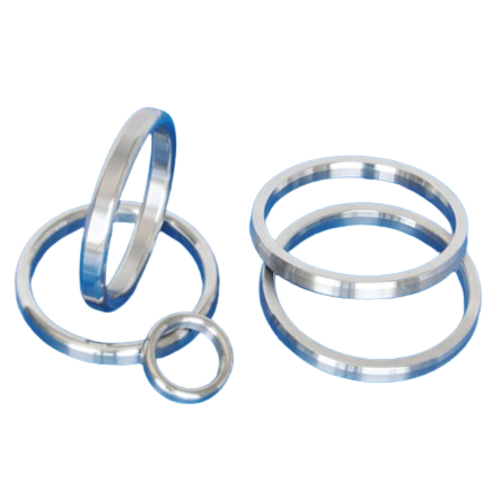
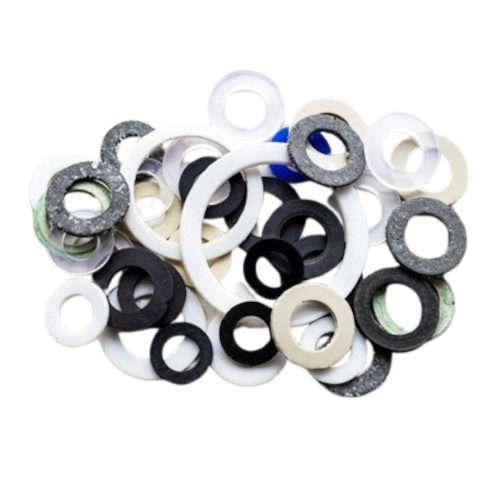

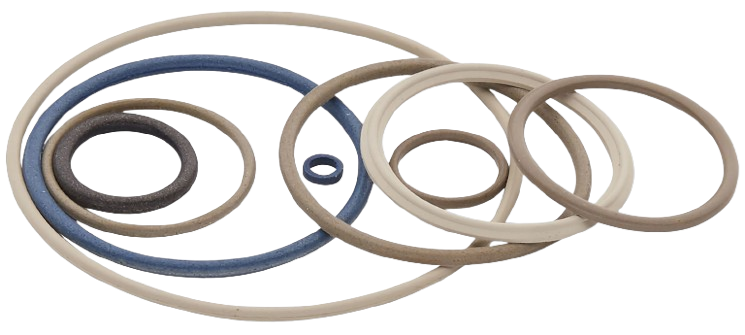
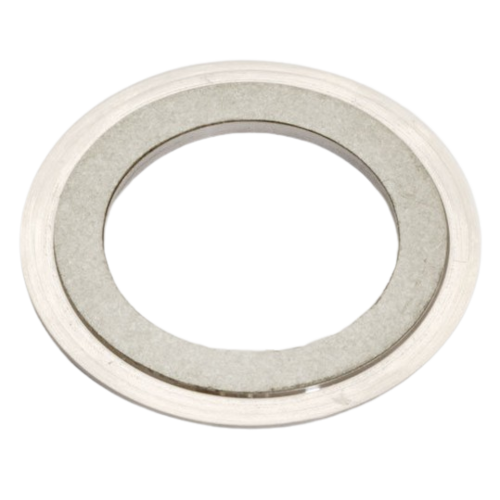


Studbolts & Nuts
Size: ½” to 2”
Lenghts: various lengths, bars 1000mm and 3000mm
Materials: Carbon and Stainless steel
Surface treatment: electrolytic galvanizing, hot-dip galvanizing, xilan, geomet 321, phosphated

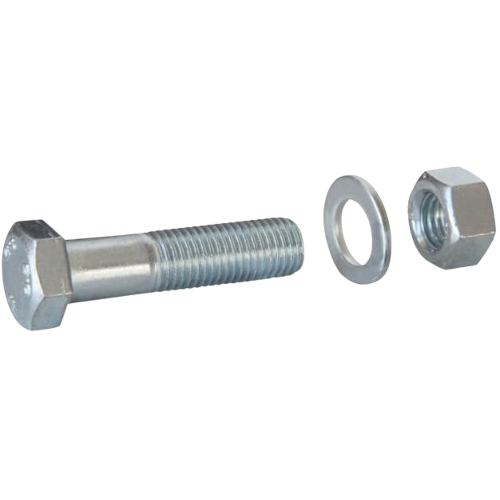
Information Request
Enter your details in the form below to request information on our products and services.
"*" indica i campi obbligatori
